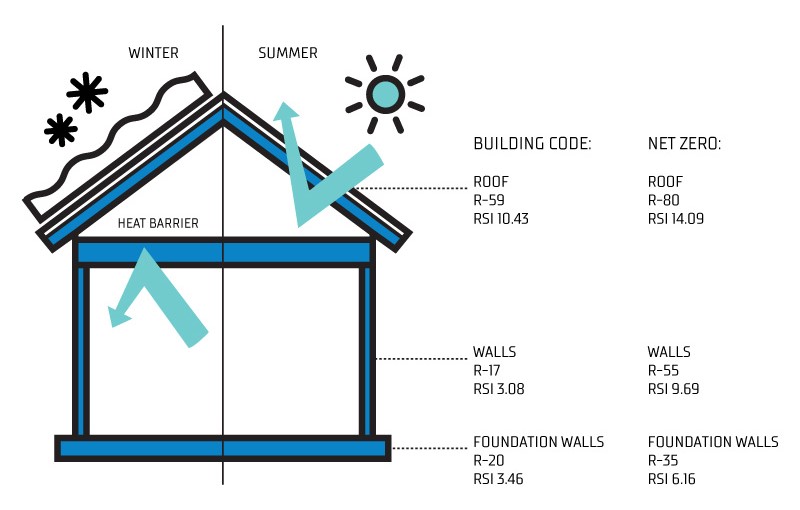

It's better for the planet, the building, and your bottom line. So much, in fact, that these people are willing to pay up to 5% more to stay at a hotel that practices sustainability rather than one that doesn't.įrom a business perspective, this makes building envelope maintenance a very wise investment. It also found that a vast majority of people favor commercial buildings with green designs that implement sustainable practices. Goodway reported that homes with a tight building envelope see between a 30% and a 60% reduction in energy costs. How much can they save?Ī well-maintained building envelope can generate some real savings. You can improve a home's existing envelope by switching out the current insulation for a more effective type, resealing the air barrier and ensuring the owner knows to stay up to date on inspections.Īctively maintaining your building envelope can help you save big down the line. Homeowners should also conduct infrared surveys of the roof and wall components at least once every five years. Maintaining the building envelopeĪccording to Facilities Net, a maintenance plan for your building envelope should include annual checks for and repairs of deterioration and openings in roofs, wall-system components, sealants, window perimeters, and glazing gaskets. Things like extreme weather - or even average rain and wind over time - can further degrade the envelope. Poor design, workmanship, or choice of materials can weaken it from the start. Sealing up the areas along the top and bottom of the house in the attic and the foundation will make quick work of the task.Ī building envelope can fail for many different reasons. When undertaking the project, Echo Tape says air sealing should be a top priority, with a special focus on insulation. Tightening up a building envelope up is a good way to make dramatic changes in monthly spending over time. They also reduce the chances of mold or mildew developing. Tight envelopes require heavier insulation and sealants as well as energy-efficient windows, but the costs are offset by the money saved on heating and cooling. Unless you live in a perfectly comfortable climate, a tighter envelope is typically a safer bet for contractors. The building can, however, become drafty, and the temperature will be more difficult to regulate. This reduces or eliminates the need for mechanical ventilation, saving money on utilities for the building's tenant, according to Echo Tape. Loose building envelopes allow for more natural airflow, and therefore higher indoor air quality. The looseness or tightness of an envelope is determined by the materials used to construct it. Tight building envelopes restrict airflow to and through its underlying structure, while a loose envelope allows for a freer flow. There are two types of building envelopes: loose and tight. Its purpose is to shield the structure from the elements and ultimately lengthen its lifespan. It is comprised of the roof, subfloor, exterior doors, windows, and exterior walls. The term "building envelope" refers to the entire outside of a building. Something you may have not considered is properly maintaining your "building envelope."ĭid you know the envelope determines 40% of a building's energy performance? What is the building envelope?
Tight building envelope windows#
Obvious methods are to reduce usage: turn off your lights, lower the heat, keep the windows closed. People today often seek out ways to reduce their energy consumption and costs.


 0 kommentar(er)
0 kommentar(er)
